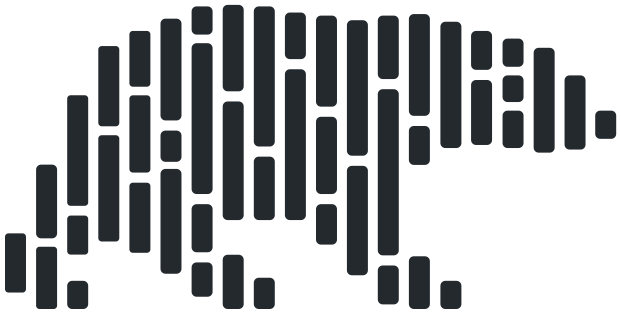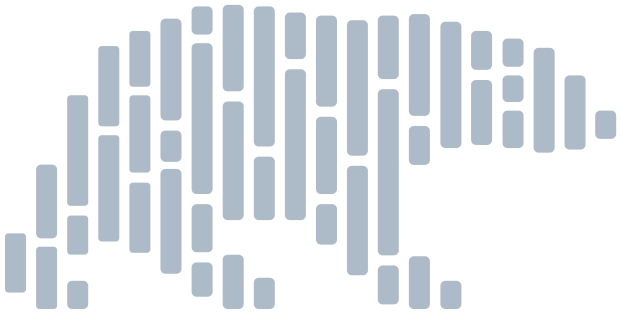polars.Expr.qcut#
- Expr.qcut(
- quantiles: Sequence[float] | int,
- *,
- labels: Sequence[str] | None = None,
- left_closed: bool = False,
- allow_duplicates: bool = False,
- include_breaks: bool = False,
Bin continuous values into discrete categories based on their quantiles.
Warning
This functionality is considered unstable. It may be changed at any point without it being considered a breaking change.
- Parameters:
- quantiles
Either a list of quantile probabilities between 0 and 1 or a positive integer determining the number of bins with uniform probability.
- labels
Names of the categories. The number of labels must be equal to the number of categories.
- left_closed
Set the intervals to be left-closed instead of right-closed.
- allow_duplicates
If set to
True, duplicates in the resulting quantiles are dropped, rather than raising aDuplicateError. This can happen even with unique probabilities, depending on the data.- include_breaks
Include a column with the right endpoint of the bin each observation falls in. This will change the data type of the output from a
Categoricalto aStruct.
- Returns:
- Expr
Expression of data type
Categoricalifinclude_breaksis set toFalse(default), otherwise an expression of data typeStruct.
See also
Examples
Divide a column into three categories according to pre-defined quantile probabilities.
>>> df = pl.DataFrame({"foo": [-2, -1, 0, 1, 2]}) >>> df.with_columns( ... pl.col("foo").qcut([0.25, 0.75], labels=["a", "b", "c"]).alias("qcut") ... ) shape: (5, 2) ┌─────┬──────┐ │ foo ┆ qcut │ │ --- ┆ --- │ │ i64 ┆ cat │ ╞═════╪══════╡ │ -2 ┆ a │ │ -1 ┆ a │ │ 0 ┆ b │ │ 1 ┆ b │ │ 2 ┆ c │ └─────┴──────┘
Divide a column into two categories using uniform quantile probabilities.
>>> df.with_columns( ... pl.col("foo") ... .qcut(2, labels=["low", "high"], left_closed=True) ... .alias("qcut") ... ) shape: (5, 2) ┌─────┬──────┐ │ foo ┆ qcut │ │ --- ┆ --- │ │ i64 ┆ cat │ ╞═════╪══════╡ │ -2 ┆ low │ │ -1 ┆ low │ │ 0 ┆ high │ │ 1 ┆ high │ │ 2 ┆ high │ └─────┴──────┘
Add both the category and the breakpoint.
>>> df.with_columns( ... pl.col("foo").qcut([0.25, 0.75], include_breaks=True).alias("qcut") ... ).unnest("qcut") shape: (5, 3) ┌─────┬────────────┬────────────┐ │ foo ┆ breakpoint ┆ category │ │ --- ┆ --- ┆ --- │ │ i64 ┆ f64 ┆ cat │ ╞═════╪════════════╪════════════╡ │ -2 ┆ -1.0 ┆ (-inf, -1] │ │ -1 ┆ -1.0 ┆ (-inf, -1] │ │ 0 ┆ 1.0 ┆ (-1, 1] │ │ 1 ┆ 1.0 ┆ (-1, 1] │ │ 2 ┆ inf ┆ (1, inf] │ └─────┴────────────┴────────────┘

